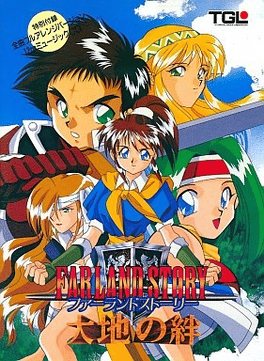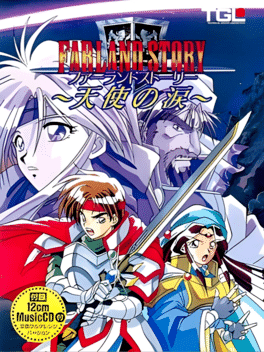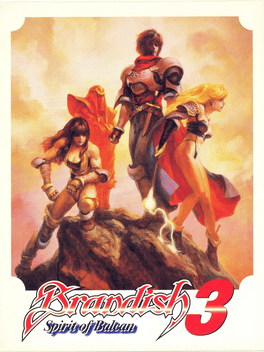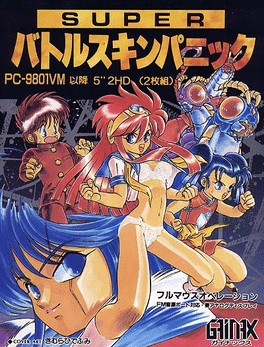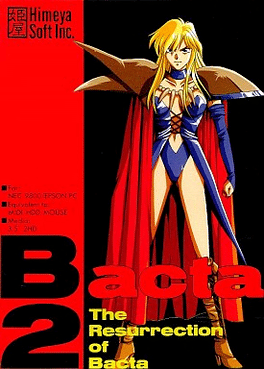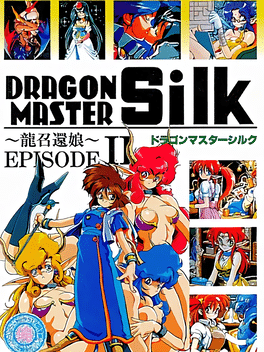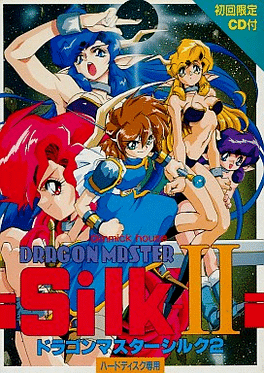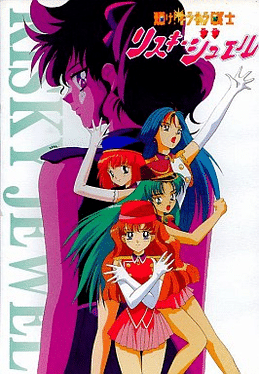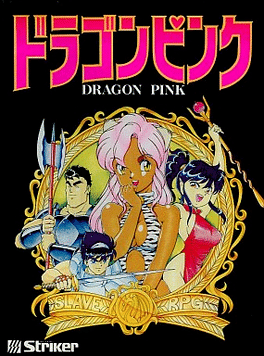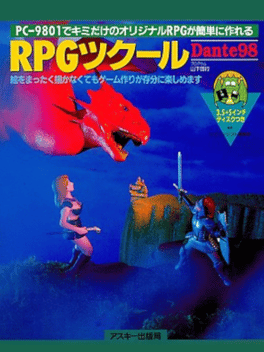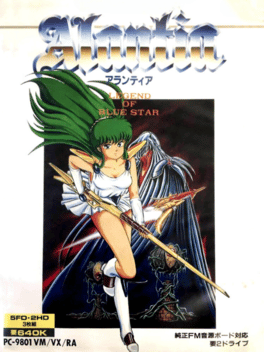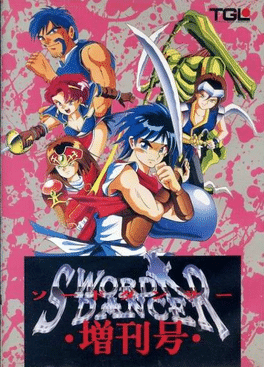Most Popular Pc 9800 Series Games - Page 13
-
Maze Runner
1991
-
Farland Story: Daichi no Kizuna
1995
This Farland Story game (chronologically the fifth in the main series) tells a story which is not directly connected to the adventures of Arc and his friends (told in the first three games). In this game, you control Kushna, the 17-year-old princess of Sardis. Two important people wish to marry her: the young Shacliff, prince of the neighbor kingdom Rulphan, and the count Geruda. However, the princess feels she is too young to marry anybody, and escapes the castle, dreaming to find a quiet place where she could practice martial arts. The situation changes somewhat when she accidentally meets prince Shacliff himself and discovers he is in fact quite a nice fellow. And meanwhile, horde of monsters invaded the castle, and there are rumors about a rebellion... Although it has a completely different story line, this Farland Story game plays and feels exactly like its predecessors. Once again, you control a party which you can freely move on the battle terrain in turn-based mode. You first assign commands to all your pa -
Farland Story: Tenshi no Namida
1994
Farland Story: Tenshi no Namida is a sequel to Farland Story II, released in mid 1994. The third in the row of Farland Story games, this title looks and plays very similarly to the first two games. You navigate your party over the world map in turn-based fashion. After you have assigned commands to your party members, it is the enemies' turn. You can attack physically when enemies are in range of your weapon, or cast spells - each character in your party belongs to a certain class and specializes in different type of combat. You gain experience points directly from hitting an enemy, even while counter-attacking, and can therefore level up in the middle of a battle. -
Battle Skin Panic 9821
1993
The definitive version of Battle Skin Panic. The game interface during adventure scenes is in 640x400 and switches to 640x480 during card battles. It also takes advantage of the 256-color palette. -
Xediss
1995
-
Four Flush
1993
Four Flush
1993
In the future, the cities of the Earth merge into a single megalopolis. Life has stabilized, and each new day is similar to the preceding one. Human beings have lost connection to the culture of the past. The huge city doesn't even have a name, and is simply called "City". Poor people live in the slums, and have no access to the quarters of the rich. Corruption reigns. The hero of the game belongs to an organization of assassins known as "Card". His last mission is to kill corrupted policemen who have been trafficking drugs. The hero must hide, but his relationships with other "Card" members are anything but clear... Four Flush is essentially a visual novel, though it offers more choices of locations and dialogue options that it is usual for games of this genre. There is no fixed command-based interaction. Most of the game progression, despite the presence of location and dialogue choices, is linear. There are a few scenes with nudity and descriptions of sex, though not particularly "hardcore". -
Bacta 2: The Resurrection of Bacta
1994
The sequel to Bacta directly continues the story initiated in the first game. The paranormal investigator Jinpachi Tanaka was unable to defeat the female demon Dirsala, and she intends to resurrect the mysterious magical creation known as Bacta. In order to prevent that Jinpachi must work together with the local police and his faithful assistance, all the while continuing to save young women from demonic possession. Gameplay-wise, the sequel is identical to the predecessor. The Japanese-style adventure gameplay relies on selecting verb commands and combining them with objects in a text menu. It is impossible to get stuck or permanently die in the game, and many of the options, though not necessary to select for triggering the next event, are there for humorous reasons. -
Dead of the Brain 2
1993
Dead of the Brain 2
1993
The sequel to Dead of the Brain, from Japanese developer Fairytale. Time has passed, but are the zombie dead really gone? -
Dragon Master Silk: Ryuu Shoukan Musume Episode II
1992
Dragon Master Silk: Ryuu Shoukan Musume Episode II is an erotic RPG dungeon crawling game. The subtitle says "Episode 2," but there is no "Episode 1" in this series. This game is the first original in the series. -
Dragon Master Silk II
2002
Dragon Master Silk II is an erotic RPG dungeon crawling game. This is the official sequel to "Dragon Master Silk: Ryuu Shoukan Musume Episode II" released on PC-98. -
Lunatic Dawn
1993
Lunatic Dawn
1993
The first title in the Lunatic Dawn series from Artdink, released in 1993 for PC-98 and FM-Towns. The game is dedicated to character creation, RPG-style character development, and exploration. In the beginning, the player creates the playable character, choosing age, gender, and even weaknesses - all of which affect the character's parameters such as stamina, weapon technique, charisma, etc. Afterwards, the player allocates points into the remaining parameters. The player starts in a city and is absolutely free to go wherever he/she wants. There is a day/night cycle in the game. It is necessary to keep an eye on the character's stamina and buy food rations - the character can die of exhaustion and hunger. Random enemies appear on the world map and in dungeons. Battle screen is isometric and allows free movement. It is not necessary to choose a command for each turn: the battles evolve automatically until the player interrupts them with a new command. -
RPG Tsukuuru Dante 98
1992
The first entry in ASCII's RPG Maker series to use the name 'RPG Tsukuru', the name by which the franchise is known as in Japan. -
Alantia: Legend of Blue Star
1988
Princess Erina must save her kingdom from The Dark Lord Ezikiel in this third-person rail shooter for Japanese NEC computers. -
Sword Dancer
1992
Sword Dancer
1992
It is said that the country of Suzaku is protected by the spirit of the legendary White Dragon, a mythical benevolent being. A young maiden known as "dragon sorceress" always resides in the temple. Her protectors are young men which are called "sword dancers". One night, the current dragon sorceress, a girl named Setsuna, was attacked by a horrifying monster. Her sword dancer, Hien, tried to save her; but the monster was stronger and flew away with the girl. The young hero swears to bring her back, restoring his honor and the peace in his country.

